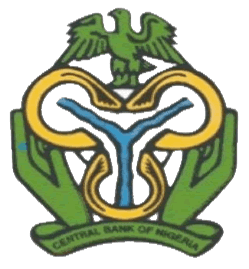Monetary Policy
MPC Mandate of the CBN | Fiscal Policy | Committees | Calendar of Meetings | Educational | FAQ's | Policy Decisions | Policy Communiques | Intl. Economic Cooperations | Monetary Policy Review | Policy Measures | Understanding Monetary Policy Series | Monetary, Credit, Foreign Trade and Exchange policy Guidelines | Monetary Policy Committee Reforms | AfCFTA
The Conduct of Monetary Policy
The Performance of Monetary Policy In 2001
The challenge to control excess liquidity continued in 2001, as it was
in 2000. In response, the CBN introduced new monetary policy instruments and
made upward reviews of the minimum rediscount rate (MRR) and cash reserve
requirements.
The performance of monetary aggregates was dismal as broad money (M2) grew by 27.0 percent, which was more than double the target of 12.2 percent while narrow money (M1) went up by 28.1 percent, instead of the 4.3 percent targeted. Bank credit to the economy increased by 75.8 percent as against the 15.8 percent target; credit to the private sector rose by 43.5 percent as against the 22.8 percent target and credit to the Federal Government grew by 79.7 percent as against the 2.6 percent target. The Growth in GDP was 3.9 percent compared with the target of 5.0 percent and external reserves rose by US$545.4 million far exceeding the targeted growth level of US$500 million. The exchange rate was N113.5: US$1 and the end-period inflation rate was 18.9 per cent instead of the targeted 7.0 percent. The spread between deposit and lending rates remained wide, while deposit rates were negative in real terms. Consequently, growth in monetary aggregates remained excessive relative to targets. These were further aggravated by the expansionary fiscal policy stance of the government. All these contributed to the dismal performance in 2001.

 Flickr
Flickr Instagram
Instagram LinkedIn
LinkedIn